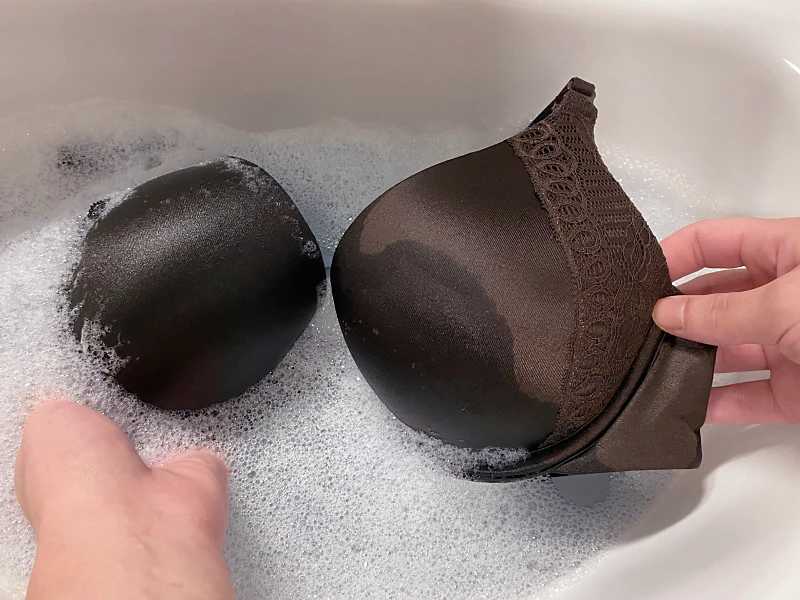A submersible pump is a powerful, flexible tool that you can use to drain liquids and, in some cases, certain solids from an area. There are a range of different pump formats, so it is important to choose the right one for the right situation in order to maximise efficiency. Keep reading for your guide to choosing the right submersible pump for when and where you are going to need it. 
Types of Submersible Pump
There are a few different main types of submersible water pump. These include:
Guide Rail Mounted: This type of submersible water pump is used where permanent pumping is required. It sits on a guide rail mounting.
Freestanding/Portable: For building and DIY purposes, a freestanding or portable submersible pump is the most ideal option. They do not have permanent guide rates and can be installed for use temporarily.
Flexible-Drive: These pumps are powered by a flexible shaft drive unit, and are often used for draining footings before concrete is put in. They can be used for a range of different jobs in construction and agricultural applications, including manholes, footings, drainage, pool excavations, waste transfer, tanks and more.
Puddle: Puddle pumps are an ideal choice for removing last bits of water residue since they are designed to pump down to as low as just one millimetre depth. They are ideal for flood damage and drainage purposes.
When to Use a Submersible Pump
Submersible pumps are a flexible option when it comes to the wide variety of projects that they can be used for. You can find submersible pumps that cover all kinds of drainage, slurry, and sewerage pumping needs. Some common projects that submersible pumps are used for include preparing areas for concrete pouring, draining foundations, and dealing with flood damage.
Using a Submersible Pump Correctly
To use a submersible pump correctly, there are a few things to keep in mind.
- Don’t allow the pump to ‘run dry’ and be sure to disconnect the power when the pump is no longer pumping water.
- Don’t use the hose or electrical power cord to move, lift or position the pump; be sure to always use the handle provided to avoid damage.
- Periodically check the removable intake screen if your pump has one to see if any debris such as leaves or roots have gotten lodged in the screen.
- Use a ground fault circuit interrupter to prevent several electrical shocks. This will automatically shut the power off to the pump when it detects an electrical current flowing to the ground.
- Prevent electrical shorting by always unplugging the pump when you are lifting, moving, or positioning it.
- Do not use a submersible pump to move chemicals, flammable liquids, or sewage as these substances will cause damage to it.
- Make sure that you are using a pump that is powerful enough to provide enough lift and raise the water high enough to move it to where you want to go.
With a wide range of applications for both inside and outside the home, a submersible pump is a handy tool to have.
Visit TheInspireSpy












